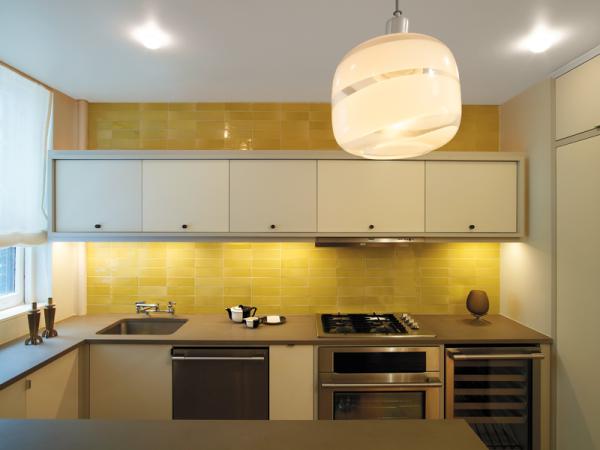Ceramic tiles have long been regarded as versatile and durable flooring and wall covering material. With advancements in technology and design, the global ceramic tiles industry has experienced substantial growth in recent years. This article explores the current market trends, innovations, and future prospects within the industry, highlighting the factors that have contributed to its success.
Technological Advancements
Advancements in technology have played a significant role in the growth of the ceramic tiles industry. Manufacturers have embraced innovative techniques such as digital printing, which allows for the creation of intricate designs, patterns, and textures. This has greatly expanded the variety of ceramic tile options available to consumers, providing them with more customization choices.
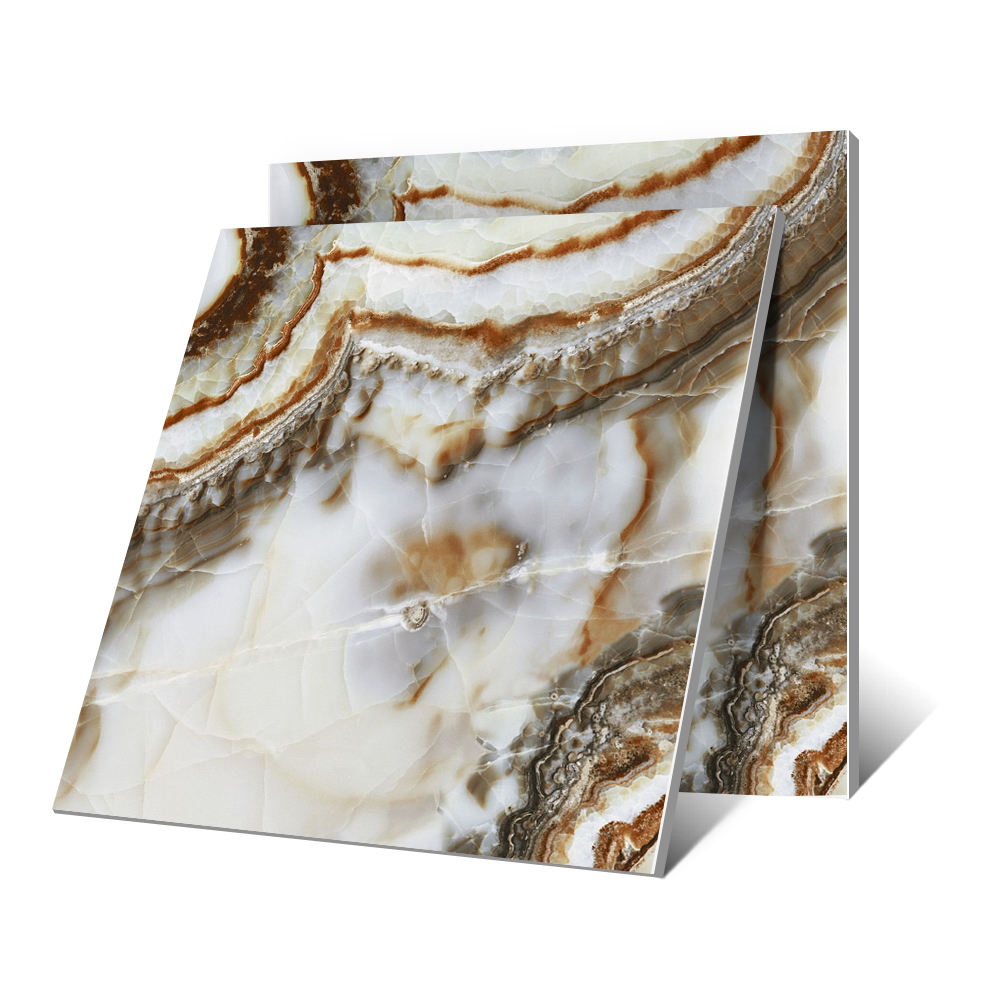
Sustainable Practices
As environmental consciousness continues to rise, ceramic tile manufacturers have embraced sustainable practices to cater to the growing demand for eco-friendly materials. Many companies now produce ceramic tiles using recycled or recyclable materials, reducing their carbon footprint. Additionally, the high durability and low maintenance requirements of ceramic tiles contribute to their sustainability by reducing the need for frequent replacements.
Emerging Markets
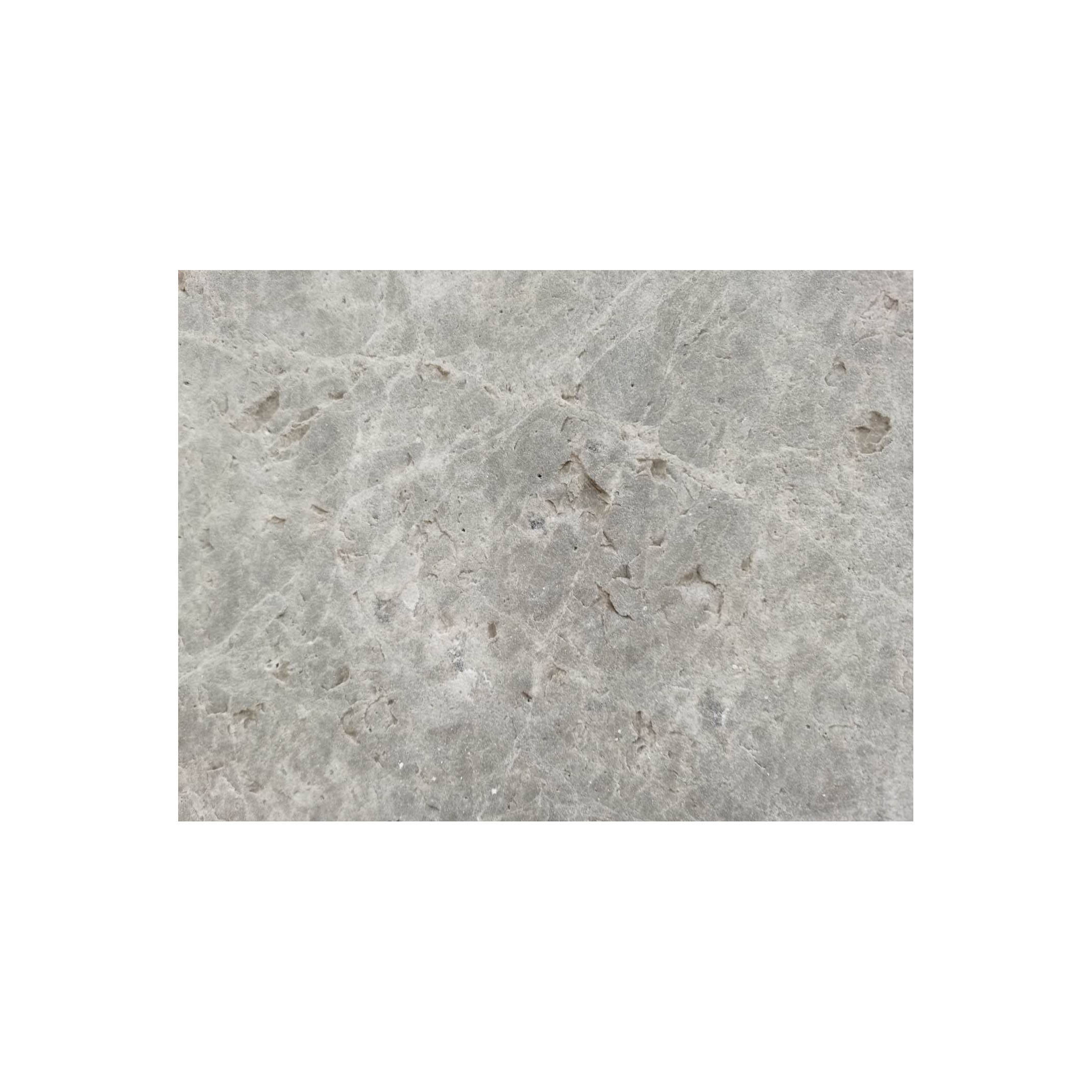
The emerging markets have become key players in the ceramic tiles industry, witnessing significant growth in demand for residential and commercial construction projects. Countries like China and India have experienced rapid urbanization, leading to a surge in construction activities. The Middle East and Africa region has also become a promising market for ceramic tiles, driven by infrastructure development and a growing tourism sector.
Design Trends
In recent years, design trends in the ceramic tiles industry have evolved to cater to changing consumer preferences. While traditional designs still hold their value, contemporary and modern styles have gained popularity. Large-format tiles, bold colors, and textured surfaces are some of the current trends that add a touch of elegance and sophistication to spaces.
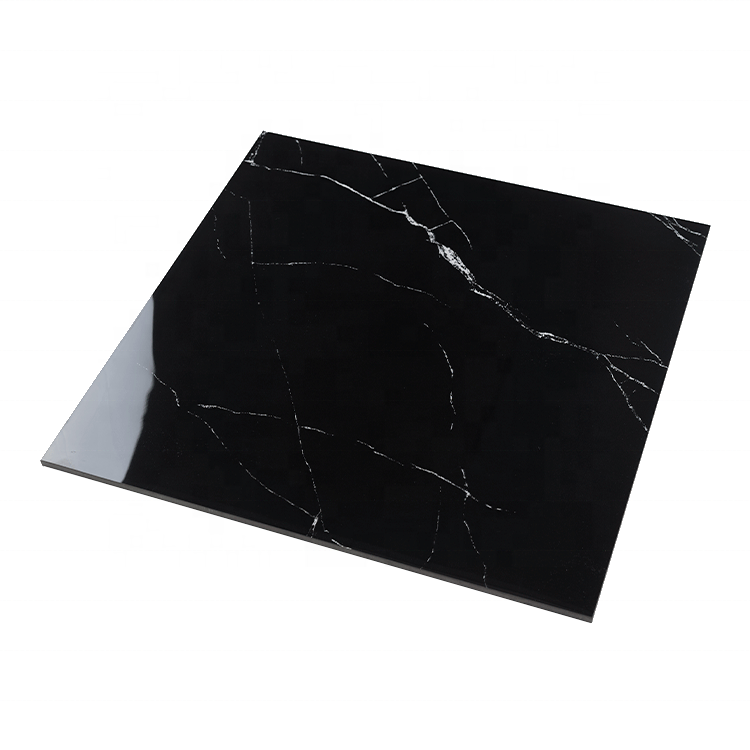
Application Areas
Ceramic tiles find applications in various sectors, including residential, commercial, and industrial. In the residential sector, they are commonly used in kitchens, bathrooms, living rooms, and outdoor spaces. In commercial settings, ceramic tiles are favored for their durability, easy maintenance, and aesthetic appeal. Industrial applications primarily include the use of ceramic tiles in laboratories, healthcare facilities, and industrial kitchens due to their resistance to chemicals and high temperatures.
Challenges in the Industry
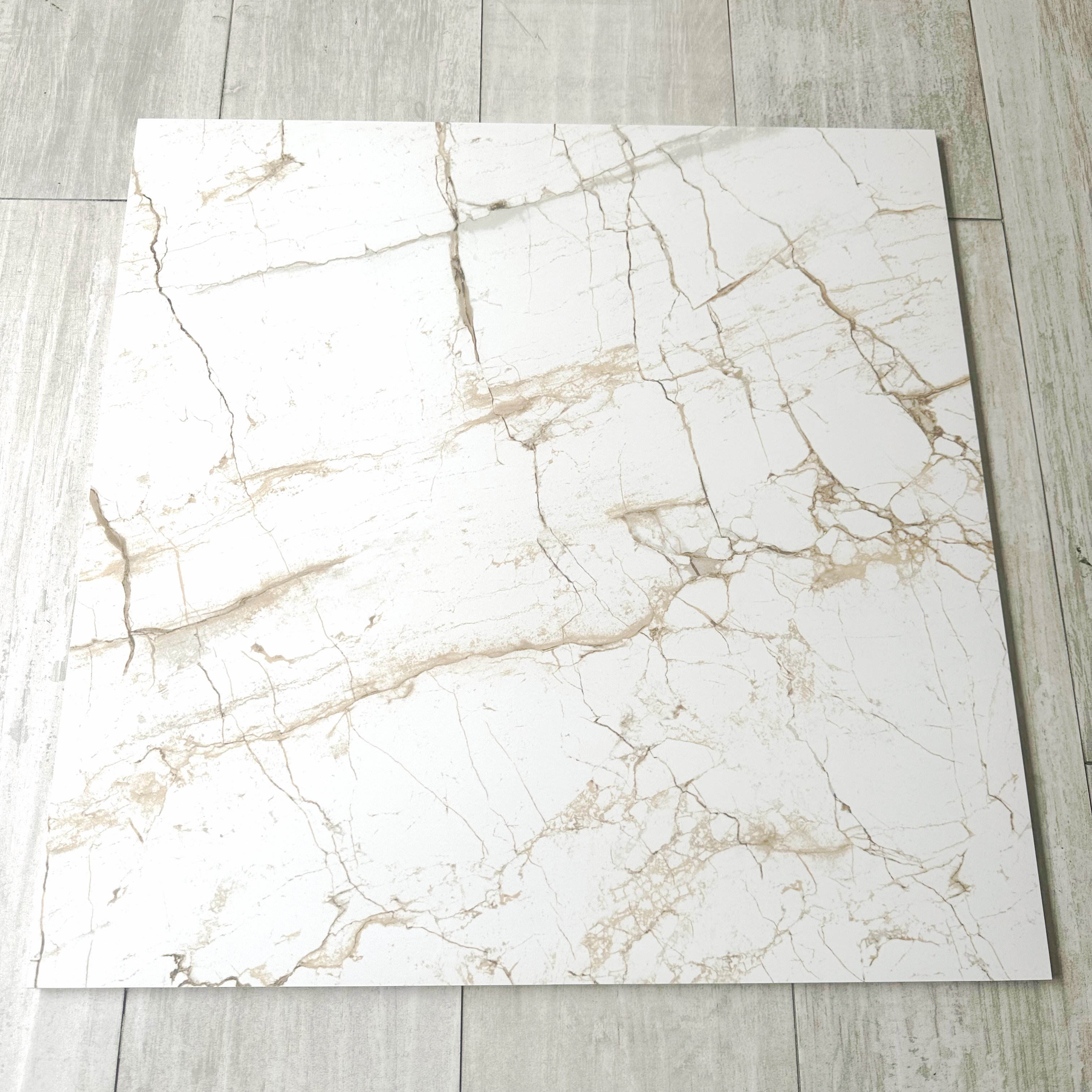
Despite its positive outlook, the ceramic tiles industry faces several challenges. The volatile prices of raw materials, such as clay and feldspars, can impact production costs. Additionally, stiff competition from alternative flooring materials, such as vinyl and laminate, poses a threat. To address these challenges, ceramic tile manufacturers are investing in research and development to introduce innovative products and improve cost efficiency.
The global ceramic tiles industry continues to thrive due to factors like technological advancements, sustainable practices, and changing consumer preferences. The industry’s future looks promising, driven by emerging markets, increased urbanization, and the growing demand for eco-friendly materials. With ongoing innovations and design trends catering to diverse applications, ceramic tiles are set to remain a popular choice in both residential and commercial sectors for their durability, aesthetics, and versatility.
